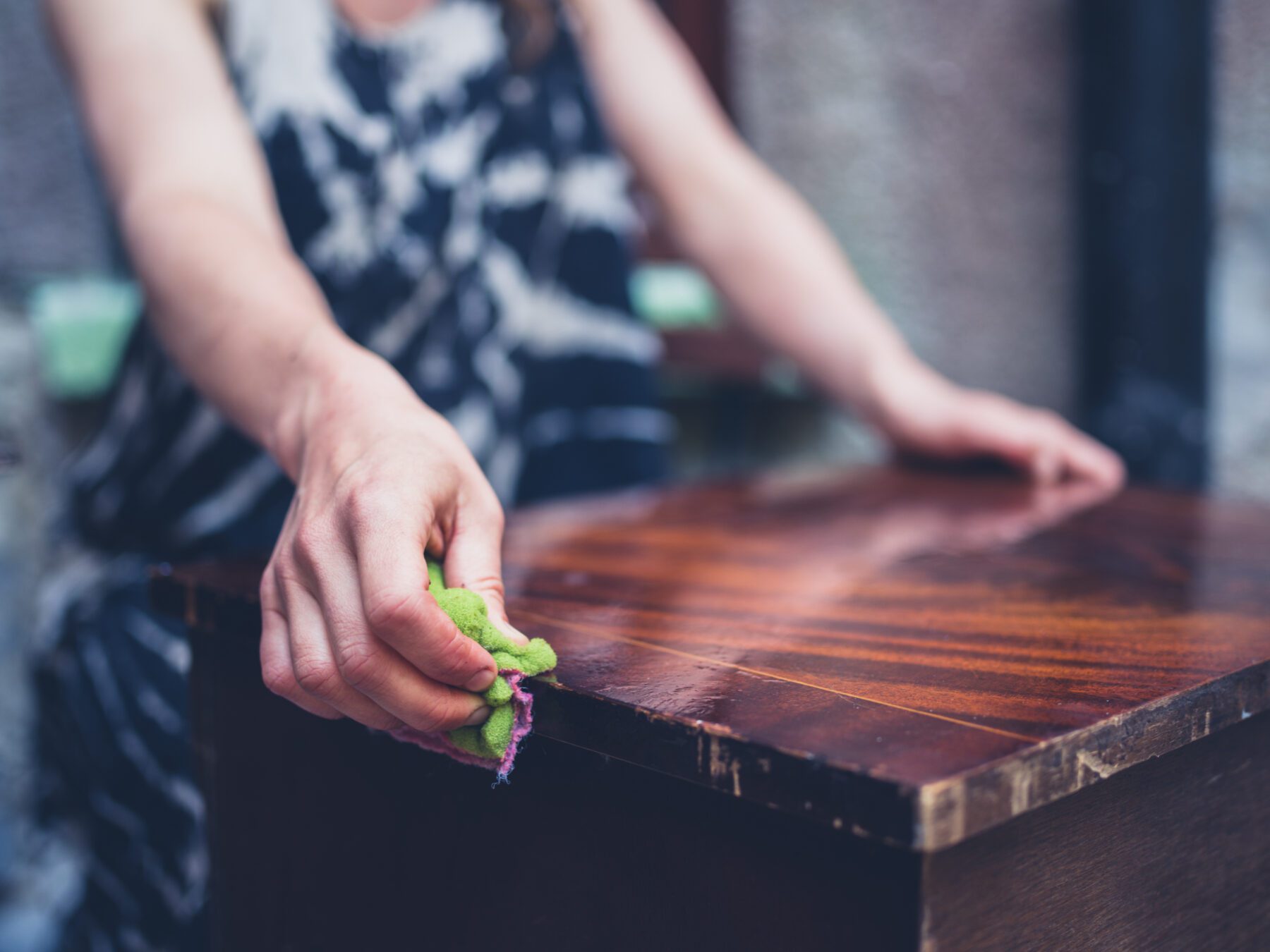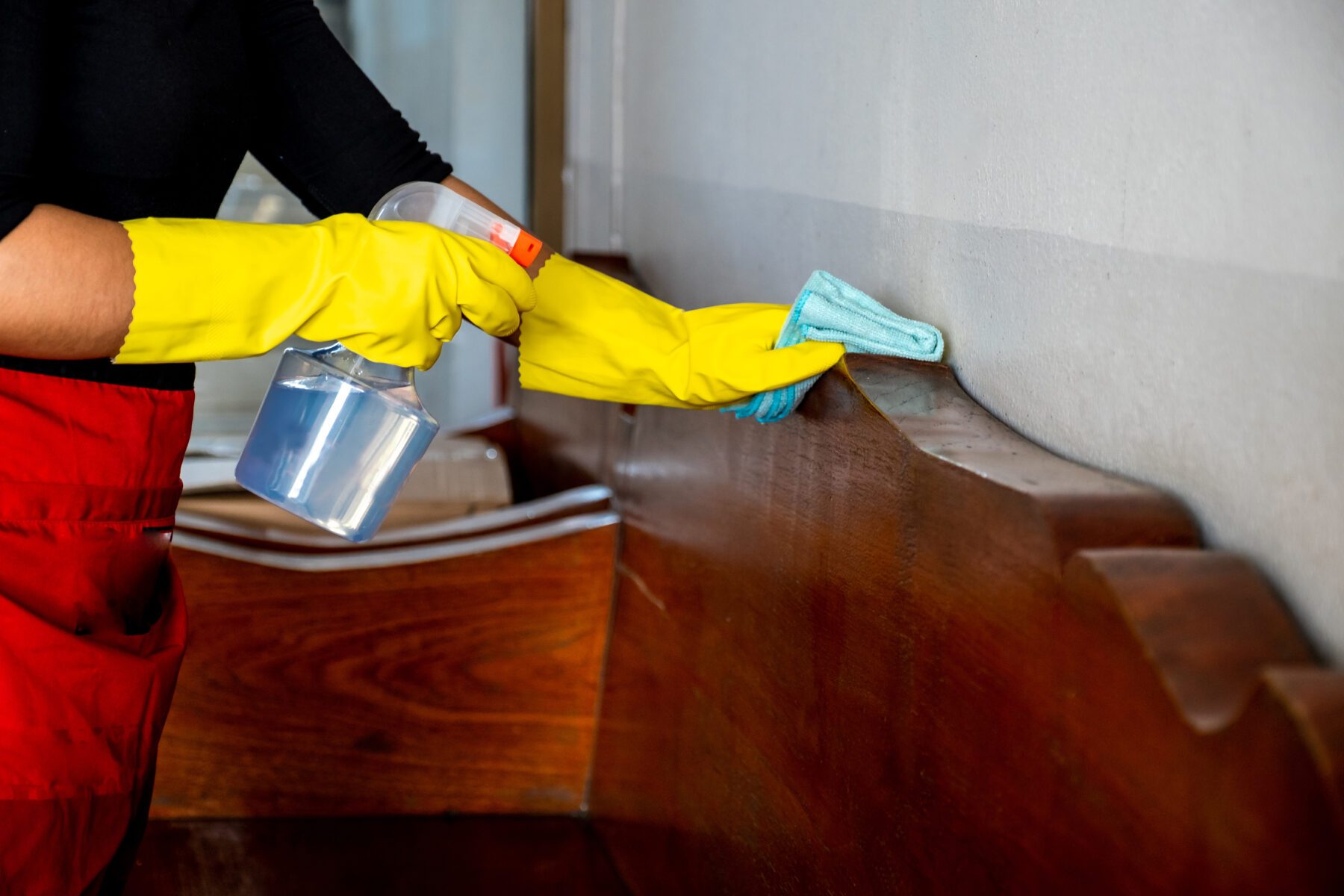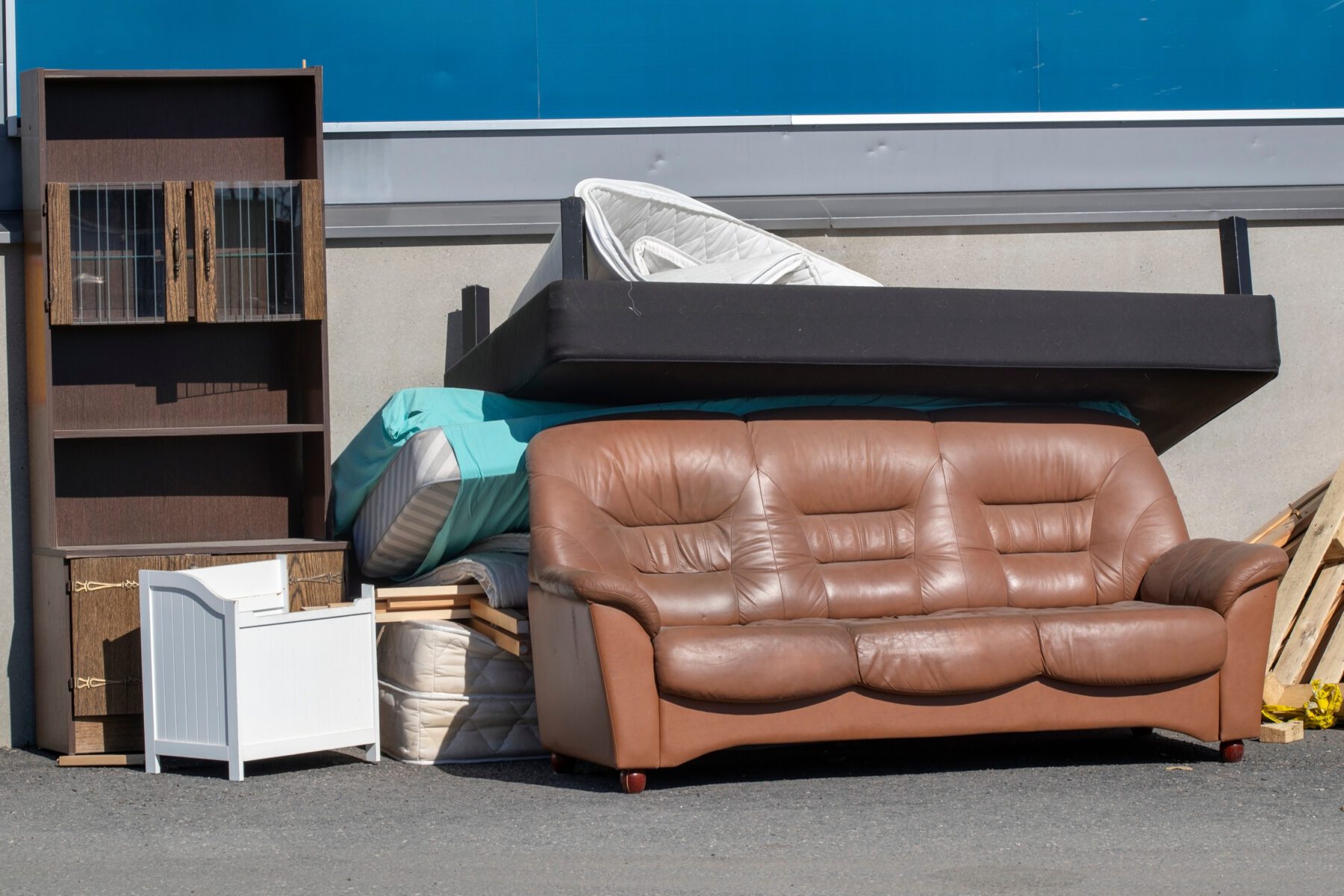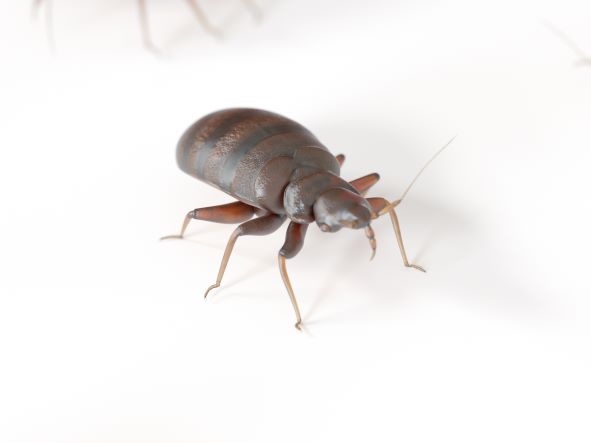The Risks of Bed Bugs in Used Furniture
Are you considering buying used furniture? While a piece of pre-owned furniture can be a great bargain, it is important to know that there are risks associated with bringing secondhand pieces into your home. One of your top concerns for those looking for quality previously owned items should be bed bugs. Bed bugs hide in upholstery and fabric cushions, making it difficult to notice if they have hitchhiked their way onto your new item. The good news is that there are ways to protect yourself and reduce the chance of finding bed bugs in used furniture and bringing them into your environment.
Where Can They Be Found?
 Investing in used furniture can be an economical purchase choice, but bed bugs often hide in these items. Bed bugs are typically found in bedding, mattresses and box springs, but they can also hide and travel around with used furniture that has cushions or fabric. If bed bugs inhabit a used piece of furniture, they can quickly spread to other surfaces of a home. Before bringing secondhand furniture into your house, it’s important to inspect it carefully for any sign of bed bugs such as blood stains on fabric or odor. This is the best way to avoid being exposed to bed bugs in used furniture.
Investing in used furniture can be an economical purchase choice, but bed bugs often hide in these items. Bed bugs are typically found in bedding, mattresses and box springs, but they can also hide and travel around with used furniture that has cushions or fabric. If bed bugs inhabit a used piece of furniture, they can quickly spread to other surfaces of a home. Before bringing secondhand furniture into your house, it’s important to inspect it carefully for any sign of bed bugs such as blood stains on fabric or odor. This is the best way to avoid being exposed to bed bugs in used furniture.
How Long Can They Live There?
The fact that bed bugs can live for generations in places like used furniture is reason enough to be cautious when purchasing new-to-you upholstered items. Bed bugs are resilient and can easily spread from re-homed furniture, bedding, and decor creating a costly infestation on the unsuspecting new owner’s property. A bed bug’s life cycle is quick and prolific, making inspection before purchase even more important. If vigilance isn’t exercised, bed bugs can quickly move in as unwelcome houseguests who don’t ever want to leave. So, even if you don’t find bed bugs in used furniture right away, it doesn’t mean they aren’t hiding there.
What Do Bed Bugs Eat?
Bed bugs thrive when given a chance to feed off of humans, and one place they can easily do that is in used furniture. Although bed bugs are not commonly found in well-maintained furniture, the chances of bed bug infestation increases exponentially when buying used furniture. It’s important to take precautions if you plan on purchasing from a second-hand store or private owner. Make sure to inspect thoroughly for any signs of bed bugs in used furniture, such as small black dots or rust-colored spots on bedding or mattress seams.
If you plan to bring any used furniture into your home, vacuum it well and wash any bedding you purchase with hot water for at least 30 minutes to kill any remaining bed bugs. It’s always better to be safe than sorry with bed bugs—so make sure you keep an eye out the next time for bed bugs in used furniture.
Can You Remove Bed Bugs in Used Furniture?
 Removing bed bugs from used furniture can be especially challenging due to the unknown history of a piece of furniture. These bed bugs can hide in cracks and crevices, and are often difficult to detect with the naked eye.
Removing bed bugs from used furniture can be especially challenging due to the unknown history of a piece of furniture. These bed bugs can hide in cracks and crevices, and are often difficult to detect with the naked eye.
The most thorough way to avoid bed bug infestations is to thoroughly inspect any second-hand furniture before bringing it into the home. Taking time to look for bed bugs on surfaces and in seams, checking for shed bed bug shells, eggs, or dark spots are all important steps that should be taken. Of course, it’s still not always possible to know if there are bed bugs in purchasing used furniture but if you do find bed bugs in used furniture they are typically more difficult to get rid of, which is why many people end up throwing away the furniture altogether.
Get Rid of Your Bed Bugs with Bed Bug Barbeque!
Bed Bug Barbeque utilizes heat treatment to remove bed bugs from all hiding spots and places in your home. Visit our website or call (216) 221-1227 today!







